The evolution of women's undergarments has come a long way, from early days of wearing fabric strips to modern-day bras. It's fascinating to see how these garments have changed over time, each serving a unique purpose to support, cover, contain, reveal or reshape women's bosom.
Ancient times
Women have been covering their bosom for centuries. Evidence of this dates back to the Minoan civilization in the 14th century BC, where women athletes are seen wearing strips around their upper body in mosaic art.
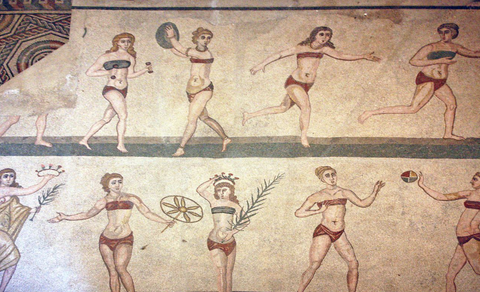
Middle age
In the middle ages, women already had bra-like garments. Literary works mention breast bags or shirts with bags. In 2008, fragments of underclothing were found in a castle in Austria, carbon-dated to the 15th century. They had different styles, and one even resembled modern bras.
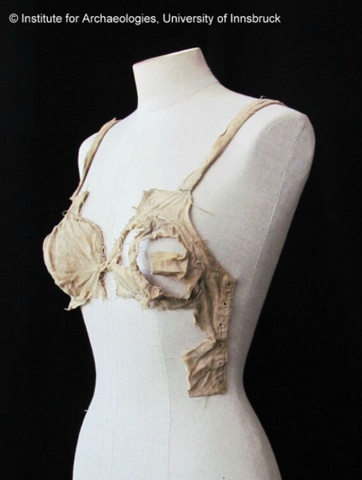
16th century onward-
The corset, widely used by upper-class women in the western world, was a popular garment from the 16th century. Its purpose was to shape the waist, but it came at a cost. Women endured discomfort and health issues due to its constraining effect.
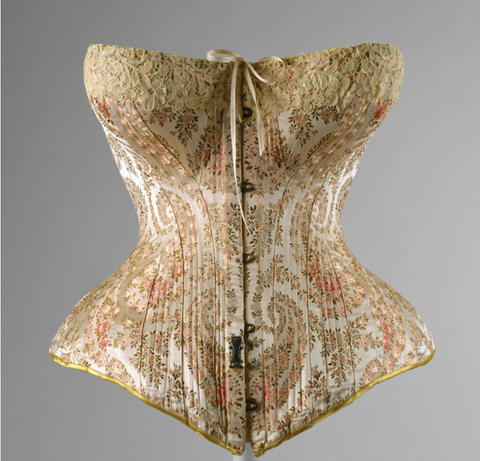
19th century
As the use of corsets became controversial, people sought alternatives. The 19th century saw many patents granted for bra-like devices, with differing opinions on who invented the first modern bra. Herminie Cadolle, a French designer, is credited with the corset gorge, which cut the corset into two separate pieces. Her invention introduced elastic used in bras, and her family-owned company still claims that she "freed women by inventing the first bra."
20th century
With the involvement of the United States in World War I, the use of corsets diminished, and bras gained popularity. Women had to take new roles in public, which led to a shift from rigid corsets to more comfortable and versatile bras. The sizing system, which we use today, dates back to 1932.
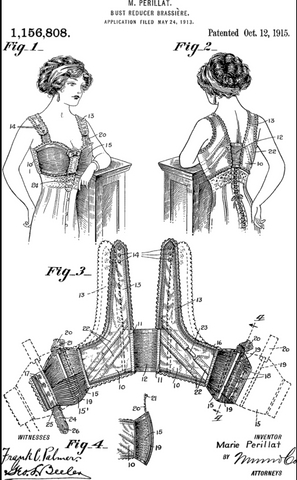
The 1940 and 1950s
During World War II, bras became a part of the military uniform. Women were encouraged to wear bras and girdles as a form of protection during work. This period saw the appearance of the torpedo or bullet bra, which presented a sexy pointy curve.
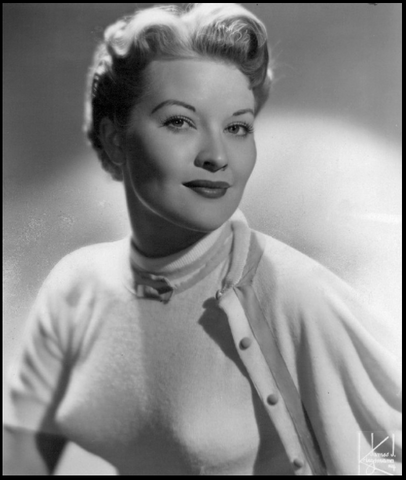
The 1960s
The "no bra" concept emerged, featuring lightweight, soft, and simple designs that paired with trendy outfits. Wonderbra gained popularity for its push-up effect.
The 1970s
With exercising becoming part of everyday life, demand for bras that reduce bouncing showed. The first exercise bra, nicknamed "jockbras," reduced chafing and other uncomfortable experiences brought about by a normal bra.
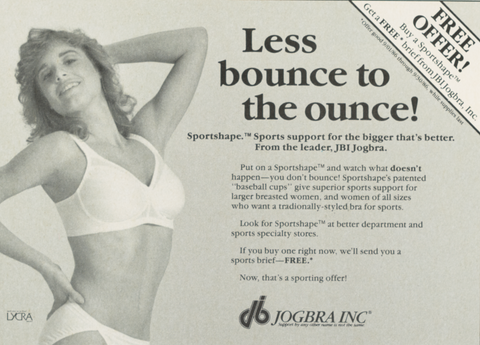
The 2000s
Women desired bras that could pair with different types of outfits and create a smooth overall look. Full-cup bras became a solution for all, suitable for big busts and small ones with smooth surfaces.
Nowadays~
Women embrace a more natural look of their breasts. They care more about health and comfort than meeting the "male gaze." Push-up and padded bras are now considered old-fashioned. Victoria's Secret sales have significantly declined as women want to be more of themselves.








